With the deluge hitting us right now, I want a little sunshine and color… Hey Kevin, I want rainbows in my life! This theme also inspired me when reading the press kit for Spirits of Japan, the Japanese drinks fair which I am attending in a few days: November 11, 12 and 13. In their file, the team talks about a famous black sake! From there, I thought of other colors that I had encountered during my numerous (but always in moderation) nihonshu tastings… I came to a conclusion: sake has a thousand colors. And yet, it is a white alcohol and a lot of people look at me with wide eyes when I describe its visual appearance. Because after all, transparent is transparent! Yes… but no… It is true that the vast majority of Japanese sakes are translucent and without real colors. But they can have reflections: green, gold, straw yellow, silver. And some on the other hand are out of the ordinary and clearly display color! So let’s dive into this Nihonshuesque rainbow of color!
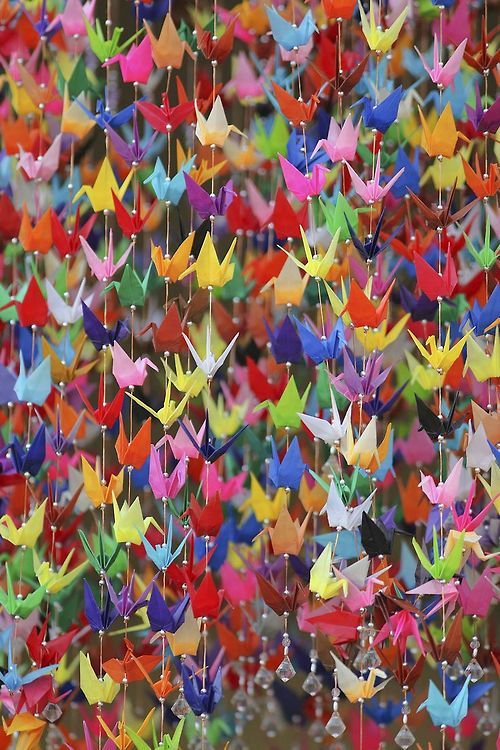
- Classic colors
Straw yellow or gold: Japanese sake can be dressed in gold for special occasions. As a general rule, these are sakes that have undergone a traditional method (Kimoto or Yamahai) and especially Muroka sakes (which have not undergone carbon filtration) which will turn straw yellow. We must also not forget the aged sakes, koshu, which can range from golden to cognac to black. If you feel like it, Daruma Masamune is one of my favorite koshu (to be found in my book “111 Sake not to be missed”)!
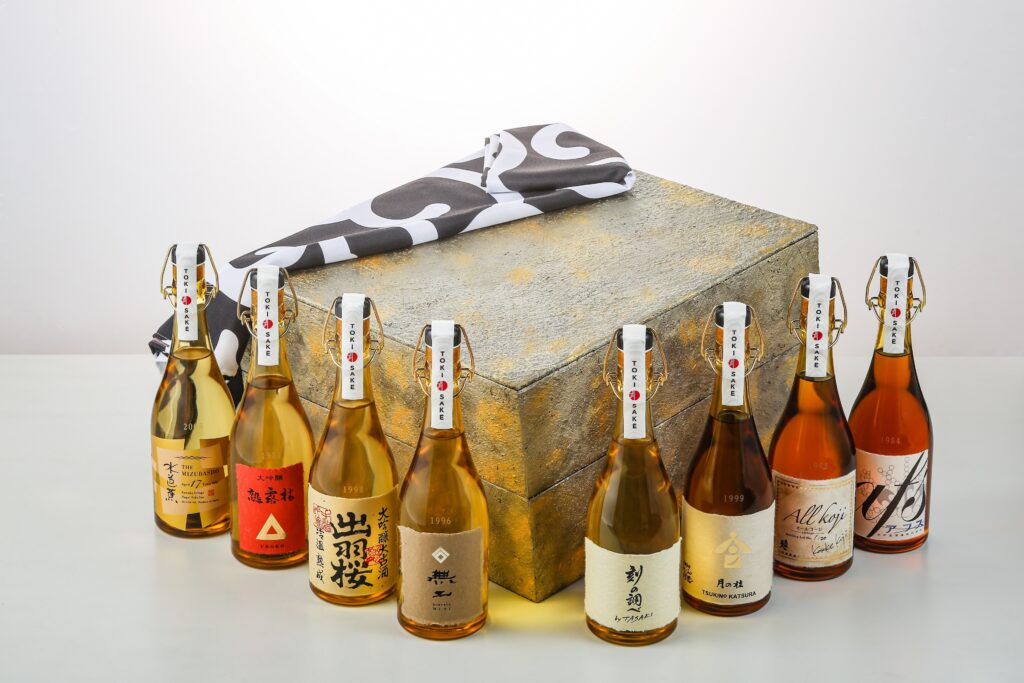
White: you will surely recognize the one and only style of sake which gives a milky, almost creamy appearance to the drink! These are Nigorizake, unfiltered sake. Some can be cloudy while others have the appearance of a Yop! In any case, they do not leave you indifferent with their texture and aromatic complexity.
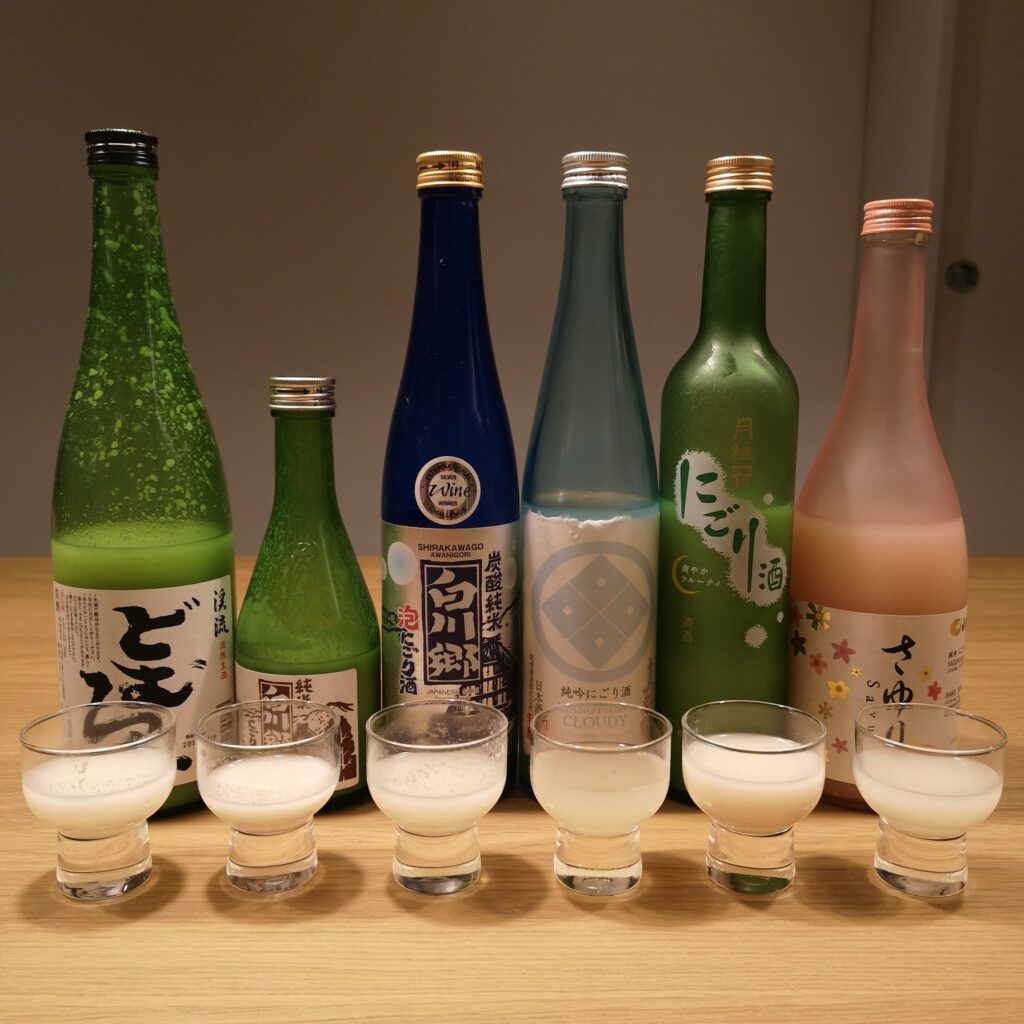
- Atypical colors
Rose: There are sakes that are made with red rice. The rice will therefore give a pink color to the sake. I had the opportunity to taste several, including the very pleasant Cokun from We Want Saké. I also found Asamurasaki sake from Osake made with red rice. On Otsukimi, I no longer have any but for several years I distributed Caro Rosé. There is another method to obtain this unique pink color: using red yeast! A very good example is the sparkling sake Awa, Kikuizumi Hitosuji Rose (also found in my book).
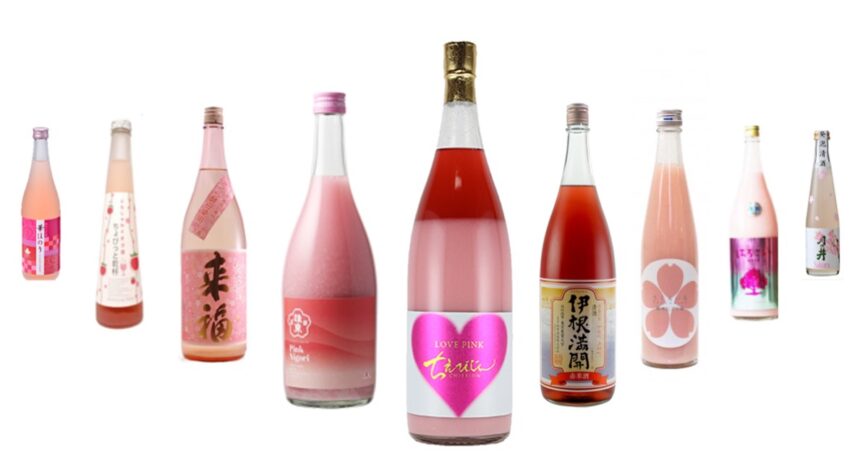
Blue: I already talked about it in another article, there are sakes and in particular Seilan Blue Saké from Sato Shuzo which is blue! It was colored with the blue polka dot which is a plant. This sake is completely crazy because it will change color as soon as you add lemon: it will turn purple!
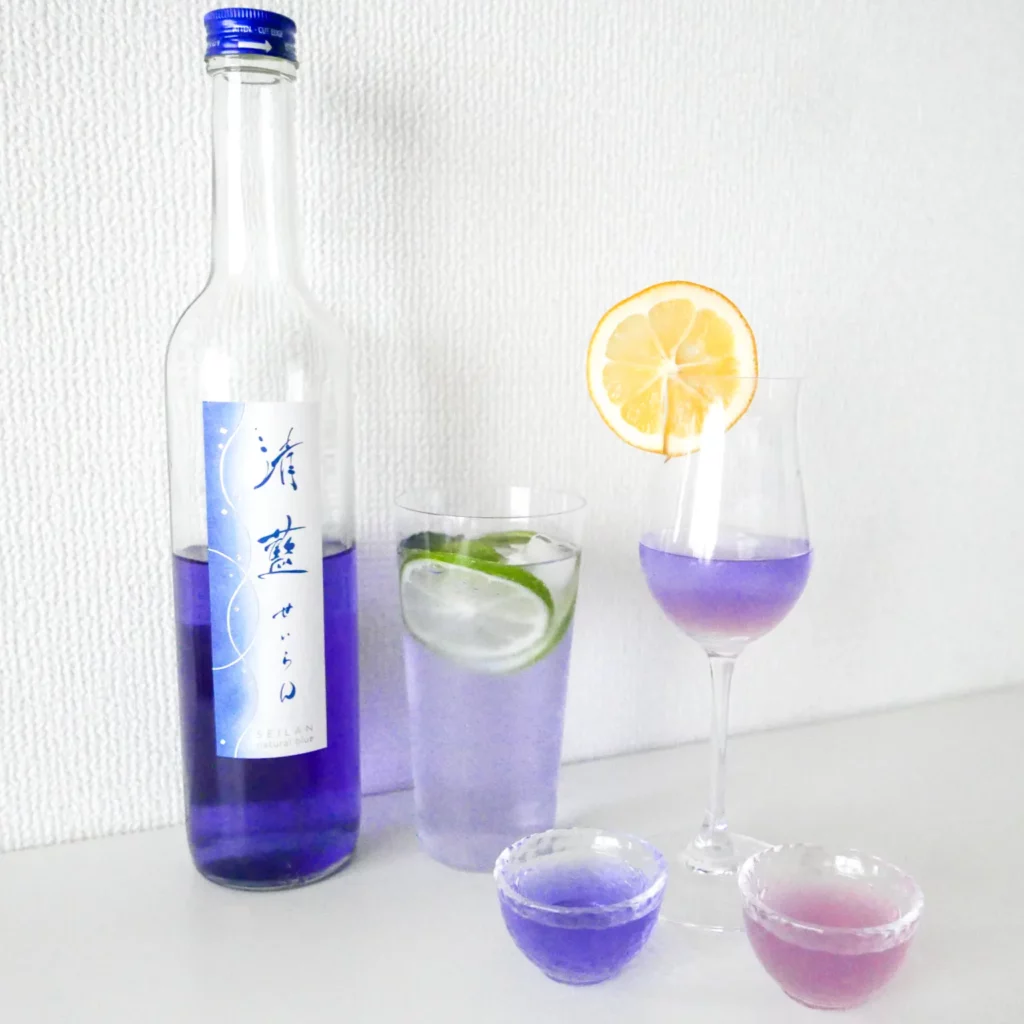
Black: I talked about it in the introduction, the Spirits of Japan show highlights a unique, black sake, which is made like a Spanish Pedro Ximenez. I’m looking forward to potentially having the opportunity to taste it! In the meantime, I found another black sake because it was made with black rice. It’s an Italian sake with an evocative name: Nero. It is the very first 100% Italian sake because not only is the rice Italian but Italian beer yeasts are also used. An atypical product, which apparently is already being emulated among mixologists.

Green: And yes… green sakes exist but they are also colorful. Naturally with the addition of matcha tea. This gives a beautiful bright green color and a taste, as you can imagine, very green tea! And from the moment you mix sake with fruits or plants, obviously all the colors of the rainbow are possible!
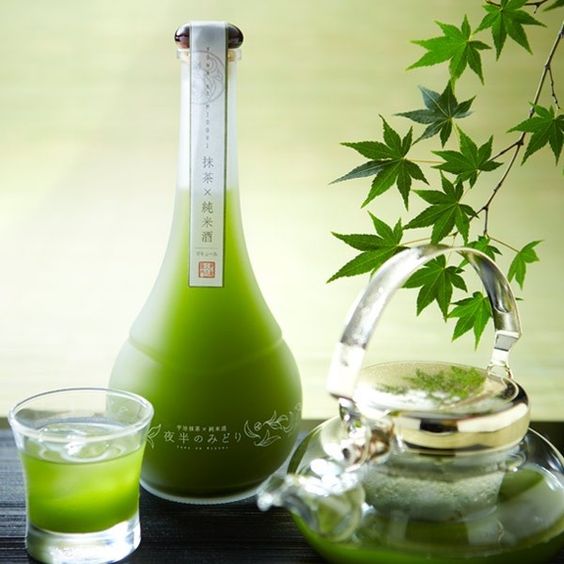
I hope that these sakes will have brought some color back into your life while you wait for the return of the sun which always hides behind the autumn clouds!

#France Bleu Gironde broadcast from November 9, 2023 with Marie-Corine Cailleteau: click on the link to listen to the replay more easily!



